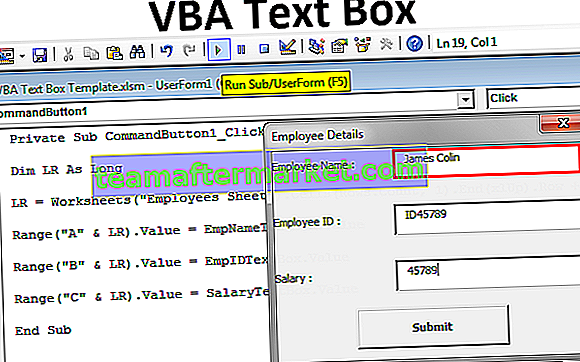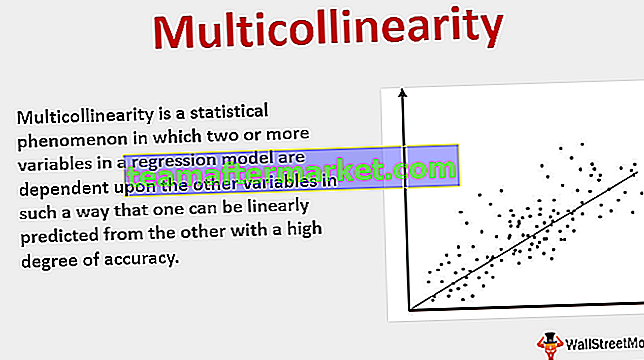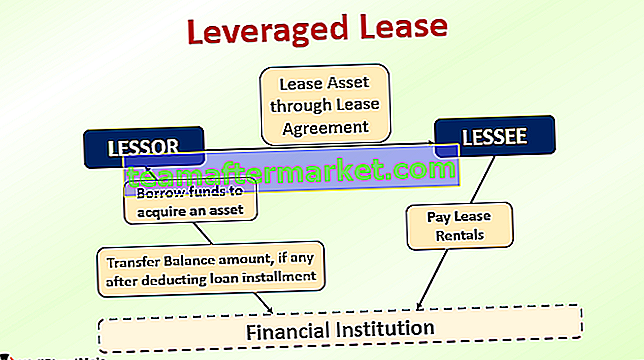What is Clawbacks Provision?
A clawback provision in a contract is a special clause included in employment and financial contracts used for referring any money or benefits which have been given out but are required to be returned back due to certain special circumstances which will be mentioned in the contract.
- This term is very extensively used in the private equity/hedge fund world. Such funds are generally set up as a General Partnership which involves the PE firm or the hedge fund manager as the General Partner with the investors as Limited Partner. The compensation is commonly structured using the 2/20 rule with 2% as the Management fees and 20% as the Incentive fee if the fund is performing above a given threshold.
- Clawback provision permits the LP’s to “clawback” any carry forwarded amount which was paid during the life of the fund on prior portfolio investments in order to normalize the final carry to the originally agreed percentage. Thus, the clawback provision prevents the LP’s from paying any additional amount and then suffering a subsequent loss.

How does Clawback Provision Work? – Yahoo Case Study
Earlier in 2014, Yahoo issued a disclosure stating that hackers stole data on 500 million users. Again, in December 2016, Yahoo announced that data theft may have affected more than a billion accounts. With the shareholders losing over $350 million due to these breaches, SEC is looking into whether Yahoo employees hid data breaches from their customers and shareholders.
Yahoo did have a clawback provision and Marrissa Mayer (Yahoo CEO) pay is covered by it. However, as per the company policy, clawback can be implemented only in the event of reporting incorrect financials, basically only in case of accounting fraud. This implies that clawback doesn’t cover these hack incidents and Marrissa Mayers may be safe.

source: Fortune.com
Clawback Provision Examples
Some examples of clawback provisions can be listed as follows:
- In life insurance, a clawback provision might require payments to be returned if the policy is canceled at any time during the duration.
- If dividends are received, they may be clawed back under specified circumstances such as selling the shares within the lock-in period.
- There can be clawback provisions in Pensions.
- Government contracts with contractors may include clawback of payments to the contractors if certain requirements are not met.
- In executive pay agreements, a clawback provision may require the executive to reimburse specified amounts back to the organization, if the executive breaches a non-compete agreement and joins another competitor within a certain time frame after leaving the company.
Calculation of ClawBack in Private Equity
GP claw-back provisions may require them to return excess emoluments if any of the below conditions are met:
- A Limited Partner (LP) has not been provided its Preferential Return which is generally in the range of 8-11%
- The GP has received carried interest (profit in excess of the investment) in excess of the contractual rate (generally 20% but often less for real estate funds)
- Limited Partner has not received its share of profits for the “catch-up period”. Generally, post the preferred return, carried interest is generally split as 20% to the LP and 80% to the GP (or in some cases, it may be a 50-50 split) until the GP has received 20% of the entire profit amount.
Clawback Provision Example – Wells Fargo
In September 2016, Wells Fargo was fined $185 million for engaging in fraud over the years which included opening credit cards without a customer’s consent, creating fake email accounts to sign up customers for online banking services, and forcing customers to accumulate late fees on accounts they never even knew they had. Wells Fargo also fired 5,300 employees in relation to the scam.
Wells Fargo announced that it will “clawback” compensation of $41 million from their Chief Executive John G Stumpf.
The way forward
- The U.S. regulators are considering banks to postpone compensation for senior officials and to allow clawbacks for incorrect judgment or illegal actions over the previous 7 years. The law is targeted to be brought into effect in 2019 and regulators are attempting to get it finalized at the earliest. Though, the legal advisors of the banks are concerned that the Wells Fargo scandal will result in them imposing tougher and concrete requirements into their proposal such as requiring the banks to decide in a short span of time (as less as 30 days) on clawing back compensation once the discovery of any misconduct.
- Clawback provisions were strengthened at all top US Banks post the 2008 Financial crisis primarily to hold executives responsible for risk-taking. However, the proposed time period for clawback is 3 years which is substantially lower than the current time period of 7 years.
- Great Britain introduced laws last year that permit banks and financial institutions to seek recovery of bonuses from bankers which are deemed to have acted irresponsibly up to 10 years after they were disbursed. Standard Chartered Bank has said it will claw back bonuses from as many as 150 senior staff if found guilty of breaching internal rules around risk-bearing. It should also be noted that clawing back money from people who have already left the bank can be faced with financial and legal difficulties.
- The rules vary from one bank to another but they generally permit the banks to bring back stock awards or penalize for misconduct, taking unreasonable risks or displaying poor performance. Executives can also be punished if the banks have to restate its results by a significant amount.








